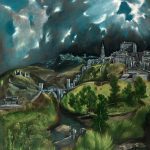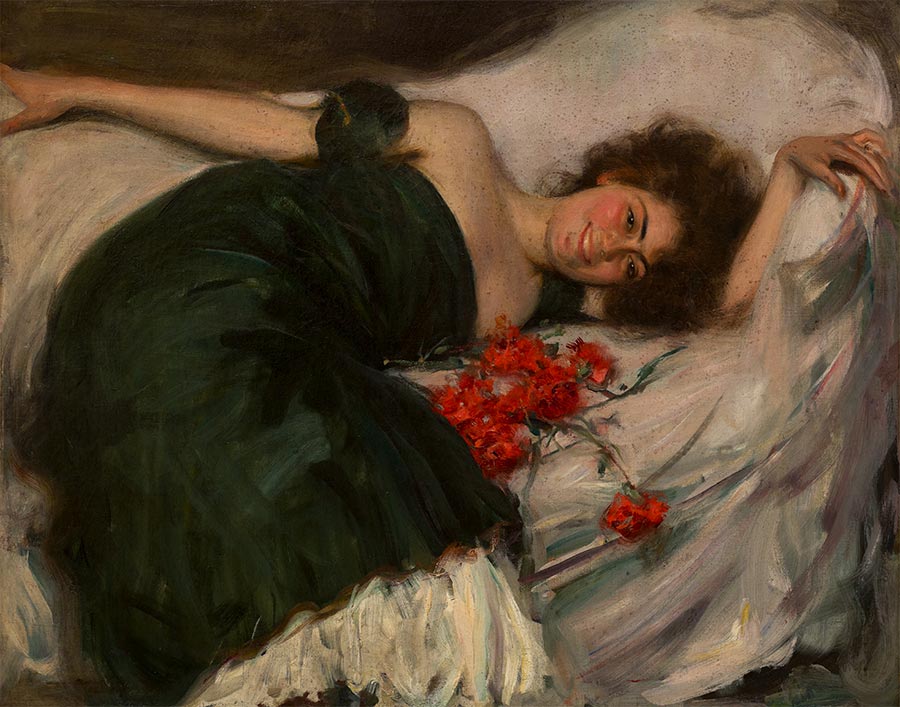
Ramon Casas i Carbó (1866-1932) was a Catalan painter, illustrator, and poster designer, widely recognized as one of the most influential artists of the late 19th and early 20th centuries in Spain. His work played a pivotal role in the development of modern art in Catalonia, and he became a central figure in the modernist movement that swept through Europe during this period.
Early Life and Education
Ramon Casas was born on January 4, 1866, into a wealthy family in Barcelona, Spain. His father, Ramon Casas i Llunas, was a successful banker, and his mother, Elisa Carbó i Ferrer, came from a prominent family in the textile industry. Casas grew up in a privileged environment, which allowed him to pursue his artistic interests from a young age. His family’s affluence provided him with the resources and freedom to travel and study art without the financial pressures that many artists of his time faced.
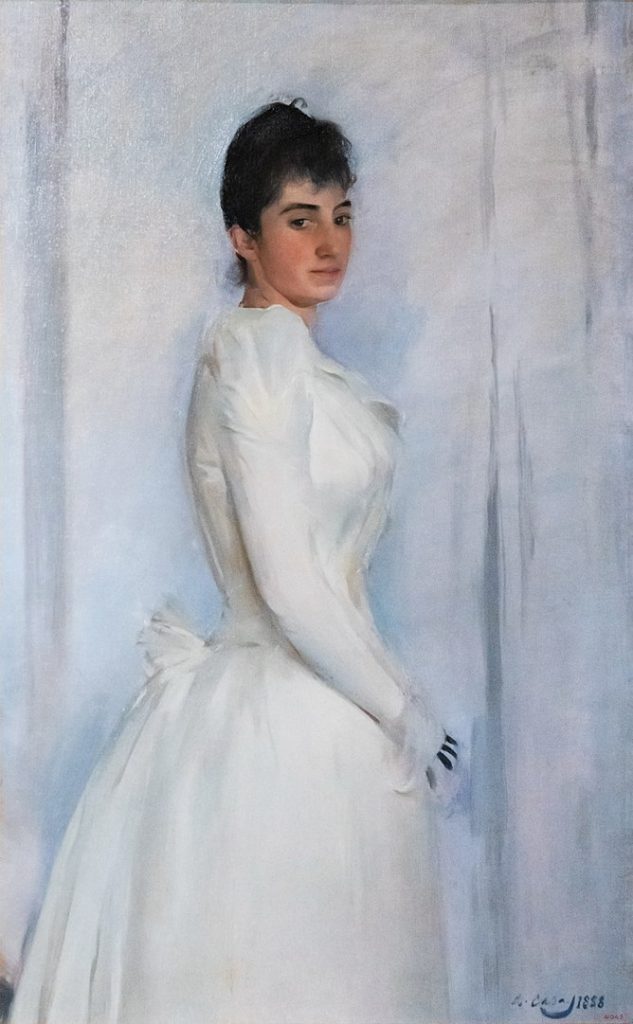
Casas showed an early talent for drawing, and his parents supported his artistic inclinations. At the age of 11, he began taking drawing classes at the workshop of Joan Vicens, a local artist. Recognizing his potential, his parents allowed him to leave formal schooling to focus on his artistic training. In 1881, at the age of 15, Casas traveled to Paris to study at the prestigious Académie Carolus-Duran, one of the most renowned art schools in Europe at the time. Paris was the epicenter of the art world, and it was there that Casas was exposed to the avant-garde movements that were beginning to challenge traditional academic art.
Early Career and Influence
While in Paris, Casas was deeply influenced by the work of French impressionists such as Édouard Manet, Edgar Degas, and Henri Toulouse-Lautrec. The vibrant art scene in Paris during the late 19th century provided Casas with a fertile ground to develop his own style. He quickly became known for his portraits, which were characterized by their realistic yet modern approach. Casas’s portraits often depicted the bourgeoisie and intellectuals of his time, capturing not only their physical appearance but also their personality and social status.
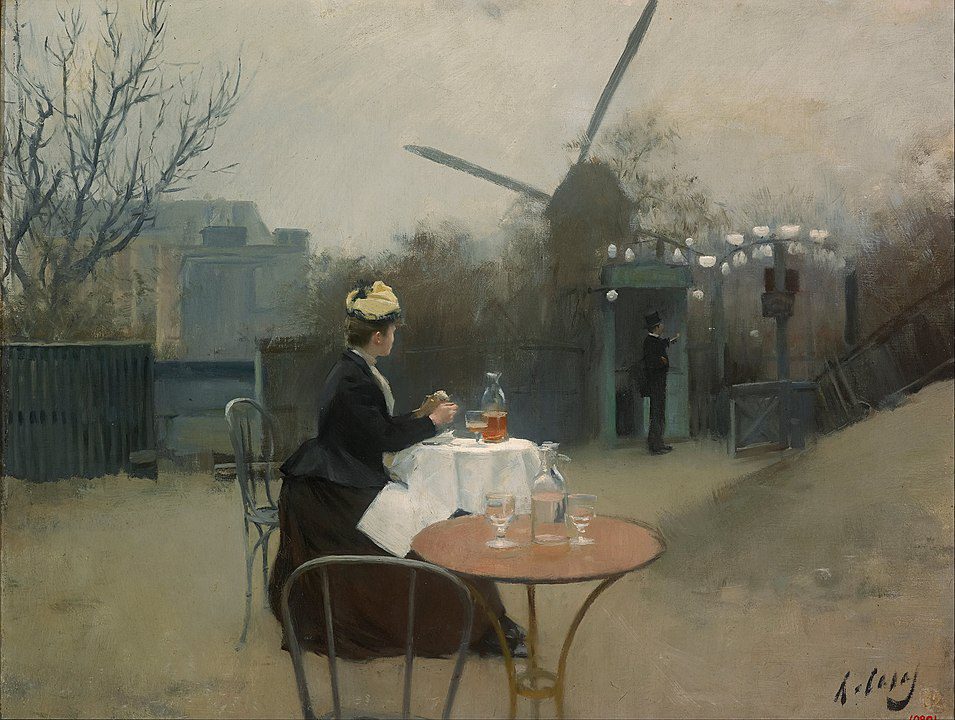
During this period, Casas also became involved with a group of young artists known as the “Els Quatre Gats” (The Four Cats), which included other notable artists such as Santiago Rusiñol and Miquel Utrillo. This group, inspired by the Parisian bohemian culture, sought to break away from the conservative artistic traditions of Spain and to promote modernist ideas. In 1897, they opened a café in Barcelona called “Els Quatre Gats,” which became a meeting place for artists, writers, and intellectuals. The café was modeled after the famous Le Chat Noir in Paris and played a crucial role in the development of modernist art in Catalonia. Casas’s association with this group helped to establish his reputation as one of the leading modernist artists in Spain.
Artistic Style and Themes
Ramon Casas’s artistic style evolved throughout his career, reflecting the various influences he encountered. His early work was heavily influenced by the French impressionists, particularly in his use of light and color. However, unlike the impressionists, Casas maintained a strong focus on the human figure and portraiture. His portraits are noted for their psychological depth, capturing the essence of his subjects with a keen sense of observation.
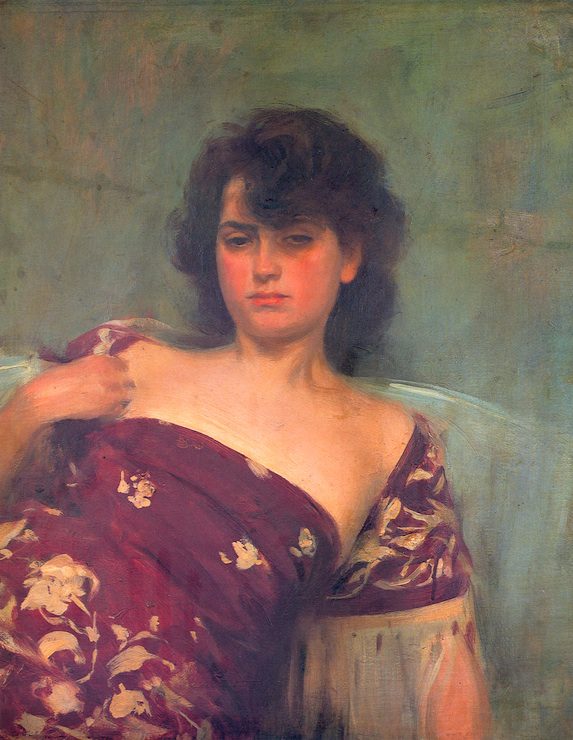
One of the defining features of Casas’s work is his ability to blend realism with modernism. His paintings often feature everyday scenes and people, yet they are executed with a modern sensibility that reflects the changing social and cultural landscape of the time. Casas was particularly interested in the depiction of modern life, and many of his works feature scenes of urban life, leisure activities, and the bourgeoisie. His paintings of women are especially noteworthy, as they reflect both the changing roles of women in society and the artist’s own views on femininity.
In addition to his portraits, Casas was also an accomplished landscape painter. His landscapes often feature the Catalan countryside and coastal scenes, rendered with a subtle use of color and light. His landscapes, like his portraits, are characterized by a balance between realism and modernism, with a focus on capturing the atmosphere and mood of the scene.
Poster Art and Commercial Work
In addition to his work as a painter, Ramon Casas was also a pioneering figure in the field of poster art. During the late 19th and early 20th centuries, poster art emerged as a significant form of commercial art, and Casas was at the forefront of this movement in Spain. His posters, which often advertised products, events, and entertainment venues, were characterized by their bold use of color, elegant composition, and stylish depiction of figures. Casas’s poster art was influenced by the work of Toulouse-Lautrec and other French artists, but he brought his own unique style to the medium.
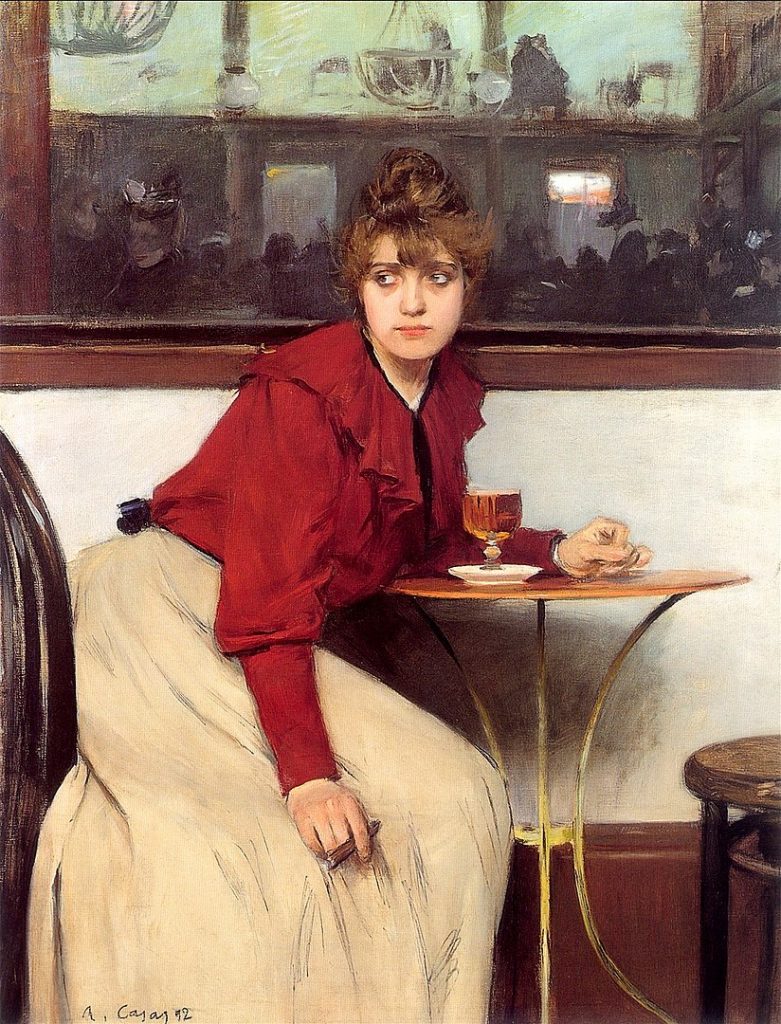
One of Casas’s most famous posters is the one he created for the Anís del Mono, a popular Spanish brand of anisette. The poster features a striking image of a woman holding a bottle of the drink, with the brand’s name prominently displayed. This poster, like many of Casas’s works, became an iconic image and helped to establish him as one of the leading poster artists of his time.
Casas’s commercial work extended beyond posters, as he also worked as an illustrator for various publications. His illustrations appeared in magazines and newspapers, where they were used to accompany articles, stories, and advertisements. Casas’s ability to work across different media and his willingness to engage with commercial art made him a versatile and influential figure in the Spanish art world.
Later Career and Legacy
As Casas’s career progressed, his work continued to evolve. In the early 20th century, he began to experiment with different styles and techniques, including a more simplified and abstract approach to composition. This period of his work reflects the broader trends in modern art, as artists began to move away from realism towards more abstract and expressive forms.
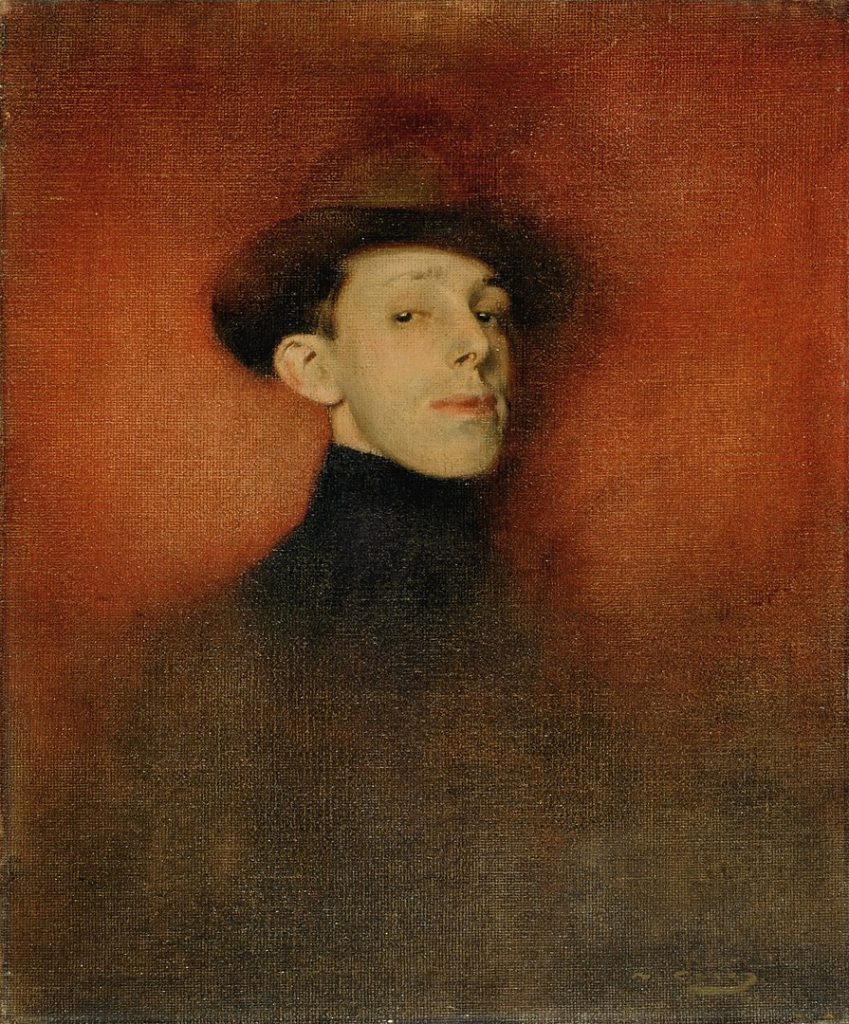
During the 1920s, Casas’s work began to receive greater recognition, both in Spain and internationally. He participated in numerous exhibitions, and his work was acquired by important collectors and museums. Despite the changing trends in the art world, Casas remained true to his own style, continuing to produce portraits, landscapes, and posters that reflected his unique vision.
Ramon Casas passed away on February 29, 1932, in Barcelona. His death marked the end of an era in Catalan art, but his influence continued to be felt long after his passing. Casas is remembered as one of the key figures in the development of modernist art in Spain, and his work remains an important part of the cultural heritage of Catalonia.
Influence and Honors
Ramon Casas’s influence on the modernist movement in Catalonia and beyond cannot be overstated. His work helped to define the visual language of modernism in Spain, and his contributions to poster art and commercial illustration paved the way for future generations of artists. Casas’s ability to work across different media and his willingness to embrace new forms of art made him a versatile and innovative artist.
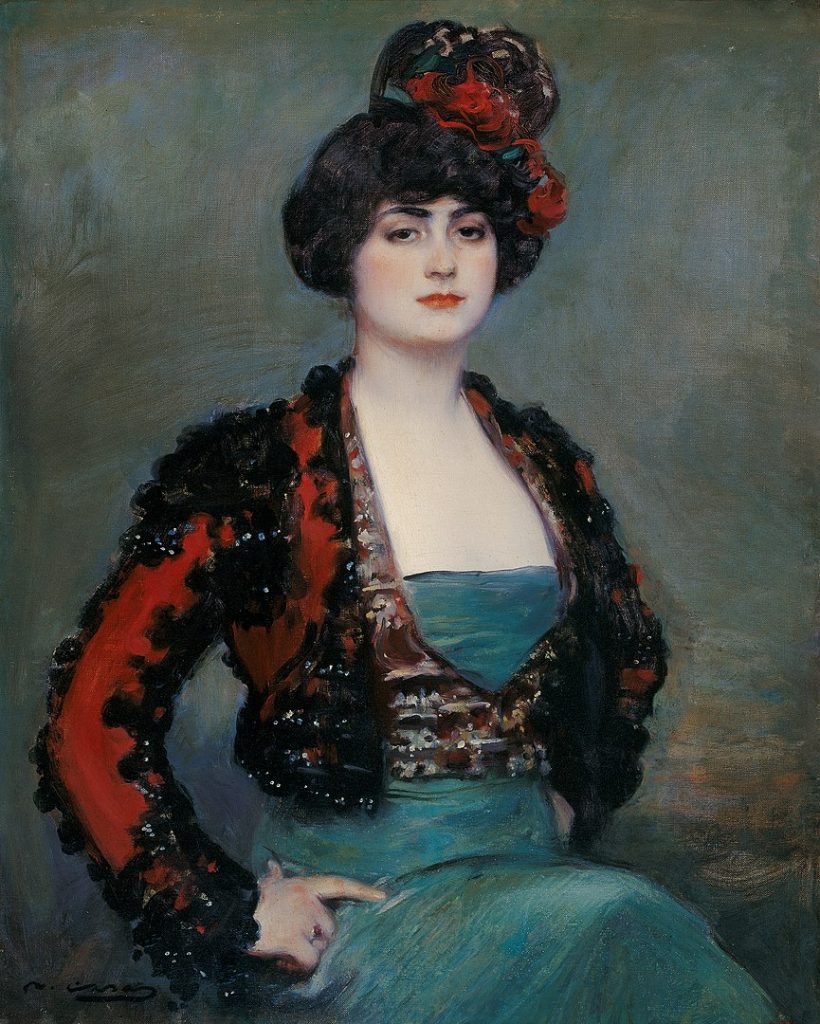
Throughout his life, Casas received numerous honors and accolades for his work. He was a member of several prestigious art institutions, including the Cercle Artístic de Sant Lluc and the Reial Acadèmia Catalana de Belles Arts de Sant Jordi. His work was exhibited in major art exhibitions in Spain and abroad, and he was awarded several prizes for his contributions to the arts.
In the years following his death, Casas’s work continued to be celebrated and studied by art historians and critics. His paintings and posters are now housed in major museums and collections around the world, including the Museu Nacional d’Art de Catalunya in Barcelona, which holds one of the largest collections of his work. Casas’s influence can also be seen in the work of later artists, who have drawn inspiration from his unique blend of realism and modernism.
Conclusion
Ramon Casas’s life and work represent a bridge between the traditional and the modern, reflecting the dynamic changes that were taking place in Spain and Europe during his lifetime. His ability to blend realism with modernism, and his willingness to engage with commercial art, set him apart from many of his contemporaries. Casas’s legacy can be seen in the continued appreciation of his work, both in Spain and internationally. His paintings, posters, and illustrations remain iconic images of their time, capturing the spirit of an era while also pushing the boundaries of what art could be. Today, Ramon Casas is celebrated as one of the most important artists of his generation, and his work continues to inspire and influence new generations of artists.


